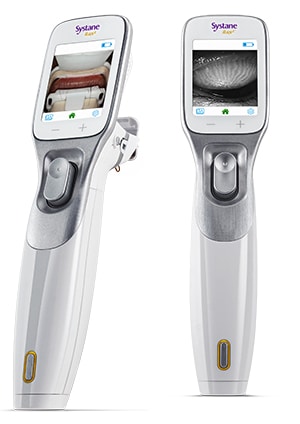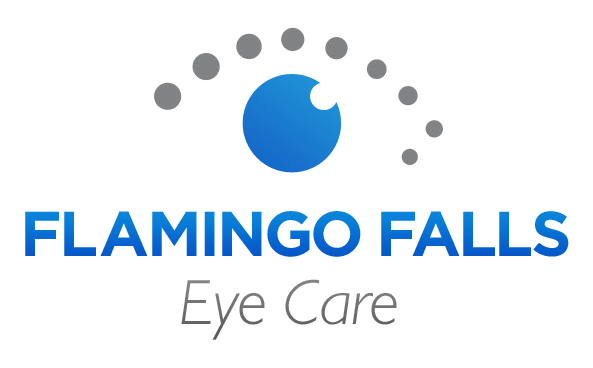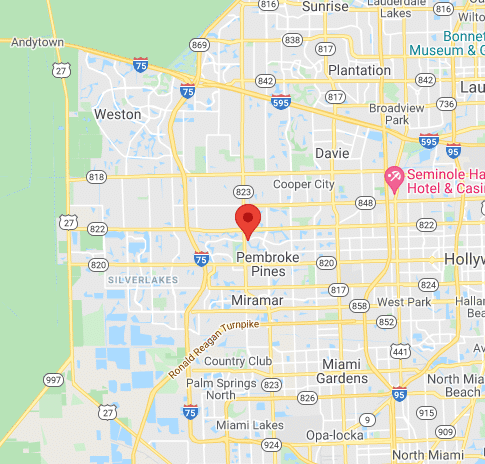DRY EYE DISEASE TREATMENT
While dry eye isn’t a serious condition, it can have a major impact on your quality of life. You may find your eyes get tired faster or you have difficulty reading. Not to mention the discomfort of a burning sensation or blurry vision.
Your body produces tears to keep your eyes moist and clean. When you don’t produce enough tears, or if your tears aren’t high quality, you could end up with dry eye syndrome.
Your tears have water, oil, and mucus layers. Each layer has a different purpose (cleaning, spreading tears, preventing evaporation). If you don’t have enough of any part of your tears, they won’t effectively clean and moisturize your eyes.
WHAT IS DRY EYE?
Understanding dry eye will help you determine the best treatment option. Dry eye occurs when a person doesn’t have enough quality tears to lubricate and nourish the eye. Tears reduce eye infections, wash away foreign matter, and keep the eye’s surface smooth and clear. People with dry eyes either do not produce enough tears or their tears are poor quality.
It’s a common and often chronic problem, especially in older adults.
Some of the common signs of dry eyes include:
- Stinging or burning eyes
- Blurry vision when reading
- Gritty feeling
- Feeling like you have something in your eye
- Strings of mucus around your eyes
- Waking up with crusty eyes
- Red eyes
- Contact lenses are uncomfortable
Strangely, another sign of dry eye syndrome is watery eyes. This occurs when your eyes produce extra tears to compensate for their poor quality
WHAT CAUSES DRY EYES?
Many factors contribute to dry eye syndrome, from your environment to health conditions. Some of the common causes of dry eyes include:
- Diseases like rheumatoid arthritis, lupus, and thyroid disease
- Meibomian Gland Disease
- Blepharitis
- Being in a dry, smoky, or windy climate
- Spending too much time on a computer
- Wearing contact lenses for too long
- Having LASIK or another refractive surgery
- Taking medications like decongestants, beta-blockers, or diuretics
Your risk of dry eyes increases as you age, and your hormone levels change.
DRY EYE TREATMENTS
Let’s take a look at dry eye treatments – from simple self-care to innovative prescriptions and therapies – to help you see clearly and comfortably.
PREVENTIVE SELF-CARE
Before we delve into more serious dry eye treatment options, here are a few simple self-care options that can manage minor cases of dry eye.
Blink regularly when reading or staring at a computer screen for a long time.
Make sure there’s adequate humidity in the air at work and at home.
Wear sunglasses outside to reduce sun and wind exposure. Wraparound glasses are the best.
Take supplements with essential fatty acids as these may decrease dry eye symptoms.
Drink 8 to 10 glasses of water each day to avoid dehydration.
Find out if any of your prescriptions have dry eye as a side effect and if so, see if you can take an alternative.
ARTIFICIAL TEARS
For mild cases of dry eyes, the best option is over-the-counter eye drops. Here are a few tips for selecting the right one:
Low Viscosity – These artificial tears are watery. They often provide quick relief with little or no blurring of your vision, but their effect can be brief, and sometimes you must use these drops frequently to get adequate relief.
High Viscosity – These are more gel-like and provide longer-lasting lubrication. However, these drops can cause significant blurring of your vision for several minutes. For this reason, high-viscosity artificial tears are recommended at bedtime.
PRESCRIPTION DRY EYE TREATMENTS
There are several prescriptions that treat dry eye differently. Your eye doctor can advise the best option for your situation.
Contact Lenses – There are specialty contact lenses that deliver moisture to the surface of the eye. They’re called scleral lenses or bandage lenses.
Antibiotics – If your eyelids are inflamed, this can prevent oil glands from secreting oil into your tears. Your doctor may recommend antibiotics to reduce inflammation.
Anti-inflammatory Drugs – These are eye drops to control inflammation on the surface of your eyes (cornea) using the immune-suppressing medication cyclosporine (Restasis) or corticosteroids.
Eye Inserts – If artificial tears don’t help, another option may be a tiny eye insert. Once a day, you place the hydroxypropyl cellulose (Lacrisert) insert between your lower eyelid and your eyeball. It dissolves slowly, releasing a substance to lubricate your eye.
Tear-stimulating Drugs – Available as pills, gel or eye drops, cholinergic (pilocarpine, cevimeline), these help to increase tear production.
Autologous Blood Serum Drops – For serious dry eye that’s not responding to other treatment, these eyedrops are made with a sample of your blood. It’s processed to remove the red blood cells and then mixed with a salt solution.
DRY EYE PROCEDURES

Punctal Plugs – Tear ducts can be plugged with tiny silicone plugs to reduce tear loss. By partially or completely closing your tear ducts, it can keep your tears from leaving your eye too quickly.
iLux 2 – This treatment helps to unblock oil glands that are present in meibomian gland disease and blepharitis. The device is placed over your eye, the device warms your eyelids and then they are massaged to express the retained oil from the glands
Thermal 1-Touch Localized Heat Therapy – Another treatment to help unblock oil glands in patients with meibomian glad disease and blepharitis. A set of “goggles” are placed over the eyelids and applied gentle heat for ten minutes. The eyelids are then manually expressed to held release retained oil from the glands.
You don’t have to suffer from the symptoms of dry eye. Talk to your optometrist about dry eye treatment options designed to address the underlying cause of your condition.




